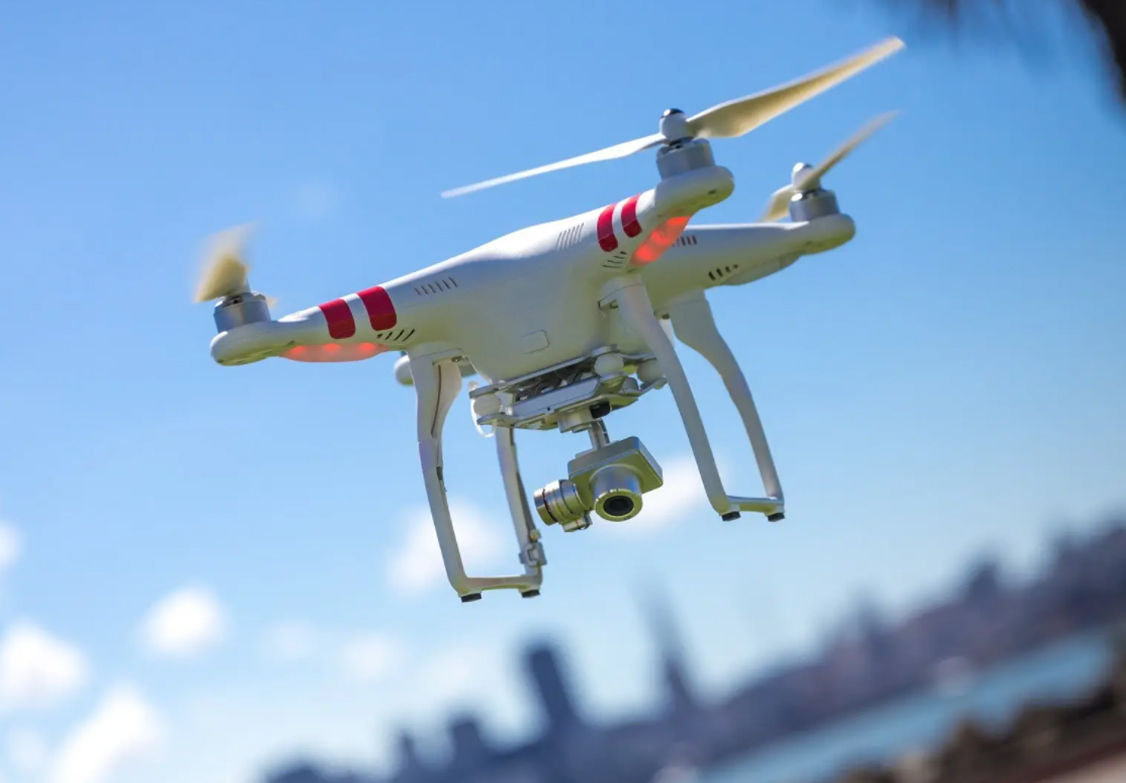Drones equipped with FLIR cameras are revolutionizing how aerial surveillance is conducted. FLIR, standing for Forward-Looking Infrared, is an advanced camera technology that allows drones to capture high-resolution thermal images. With this capability, drones can be used in various fields such as law enforcement, search and rescue operations, wildlife monitoring, and industrial inspections. This transformation in aerial surveillance offers a plethora of advantages, enabling professionals to perform their tasks more efficiently and accurately.
The application of FLIR cameras in drones significantly enhances visibility during night-time operations and in challenging weather conditions where conventional cameras may fall short. The thermal imaging functionality of FLIR cameras allows for the detection of heat signatures, making them indispensable for tasks that require pinpoint accuracy and reliability. For instance, in search and rescue missions, drones with FLIR can quickly locate individuals by identifying the heat signature emitted from their bodies, even through dense foliage or at night.

Wide Range of Applications
In law enforcement, thermal drones provide a tactical advantage when dealing with suspects who might be hiding or trying to evade capture in obscure areas. Additionally, FLIR-equipped drones are crucial in wildlife conservation, aiding in tracking animals and ensuring their habitats remain undisturbed. Industrial inspections benefit immensely from the drone’s ability to identify faults or anomalies in equipment by spotting irregular heat patterns, which might indicate potential failures.
Beyond these immediate advantages, investing in drones with FLIR cameras offers long-term benefits, such as reducing operational costs. Deploying drones can eliminate the necessity for large teams or expensive helicopter operations, providing a cost-effective and environmentally friendly option for continuous monitoring and assessment.
Improving Efficiency
The advanced technology behind FLIR cameras ensures that data collected is precise and useful. Companies relying on such data can make informed decisions quickly, leading to improved overall efficiency. Whether it’s analyzing the thermal variations in electrical grids or monitoring sea life movements, the versatility of FLIR technology in drones paves the way for endless possibilities.
FAQs
- What is the primary advantage of using FLIR cameras on drones?
The main benefit is their ability to detect heat signatures, which can be crucial in locating individuals in search and rescue operations and spotting anomalies in industrial equipment.
- Can FLIR cameras be used in any weather conditions?
Yes, FLIR cameras are designed to work effectively in various weather conditions, making them ideal for nighttime and challenging environments.

- Are FLIR camera drones cost-effective?
While the initial investment may be high, the long-term savings on operational costs and improved efficiency make them a cost-effective solution.
